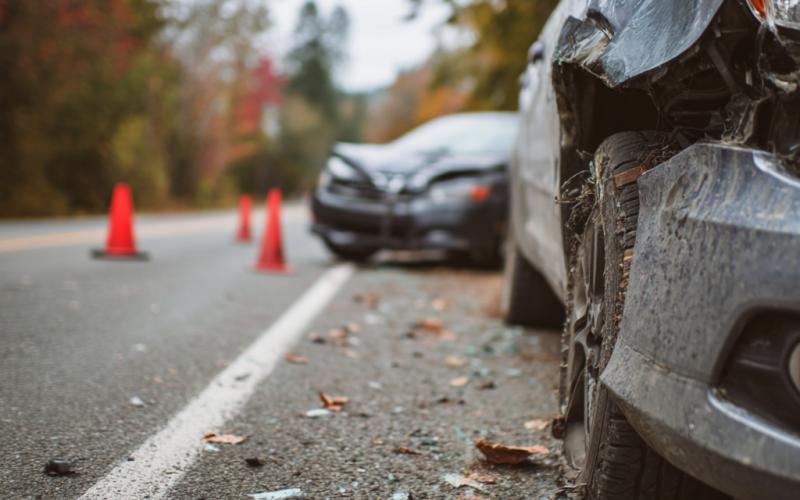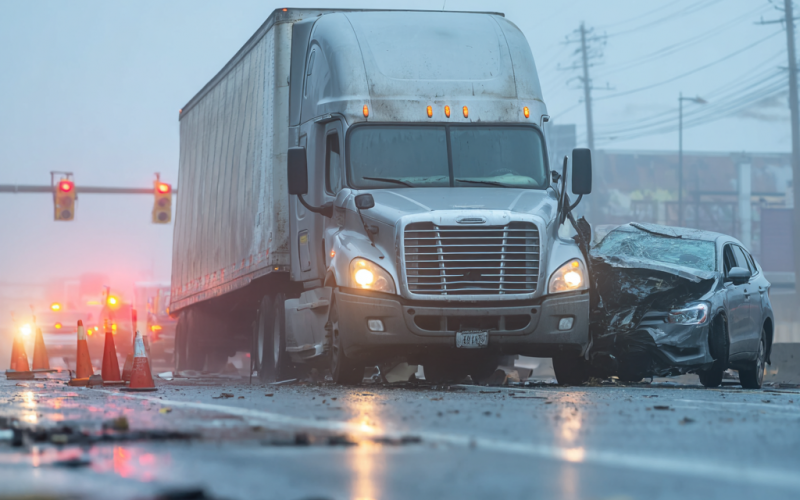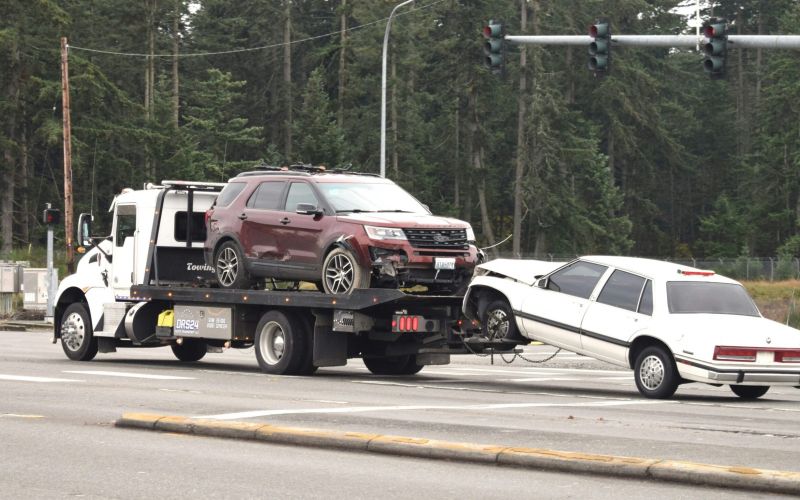Can You Die From a Head On Collision?
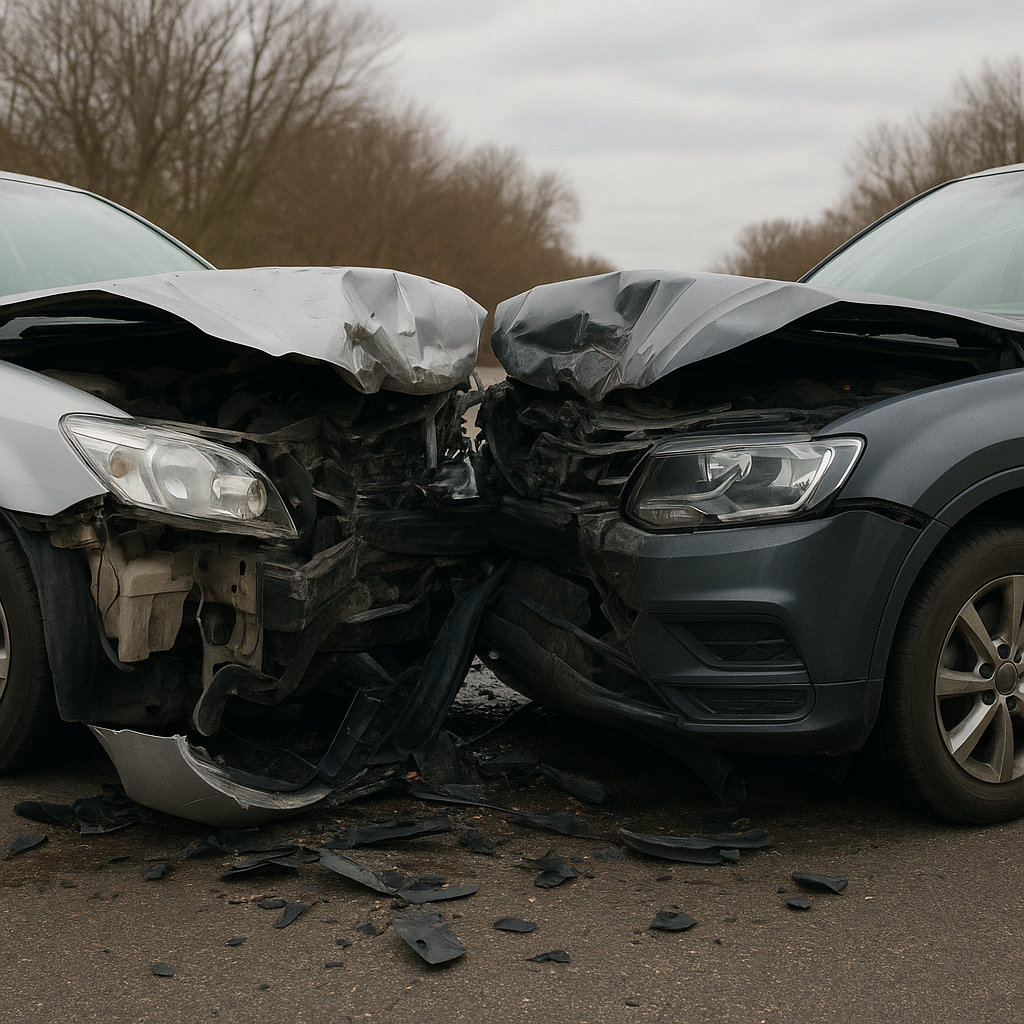


Key Takeaways
- Head-on collisions account for a disproportionate number of fatal crashes in South Carolina, often causing catastrophic injuries or instant death.
- Families may pursue wrongful death and survival actions to recover compensation for funeral costs, medical care, lost income, and emotional suffering.
- Even if a victim dies after the accident, legal claims can continue through their heirs or estate representatives.
A fatal head-on collision leaves more than grief; it leaves questions, expenses, and a need for justice. At HawkLaw, we help South Carolina families hold negligent drivers accountable and pursue full compensation through wrongful death claims. Let our team stand with you during this difficult time.
Head on collisions are one of the most violent forms of accident wrecks. The risks of a fatality in this type of crash are quite high. If your family member died in a head on accident in South Carolina, hiring a wrongful death attorney is a critical step in protecting your right to compensation.
Fast Facts About Fatal Head On Collisions in South Carolina
The National Security Council shares that, of the 46,027 crash deaths in 2022, head on collisions accounted for 29.6%, taking the lives of 5,800 people. Though head on collisions account for a smaller percentage of the types of accidents that occur, the rate of fatalities and serious injuries is often much higher.
Collisions like these occur in our community regularly. Late in January 2025, two people died when their vehicles collided in a head on collision along S.C. 121 Highway at JDM Road just to the south of Saluda. Both drivers perished at the scene of the accident.
Another incident took place earlier in the month when an 18-wheeler traveling east along SC Highway 5 collided head on with a car. The incident, which took place near East of Blacksburg, left the driver of the car dead at the scene.
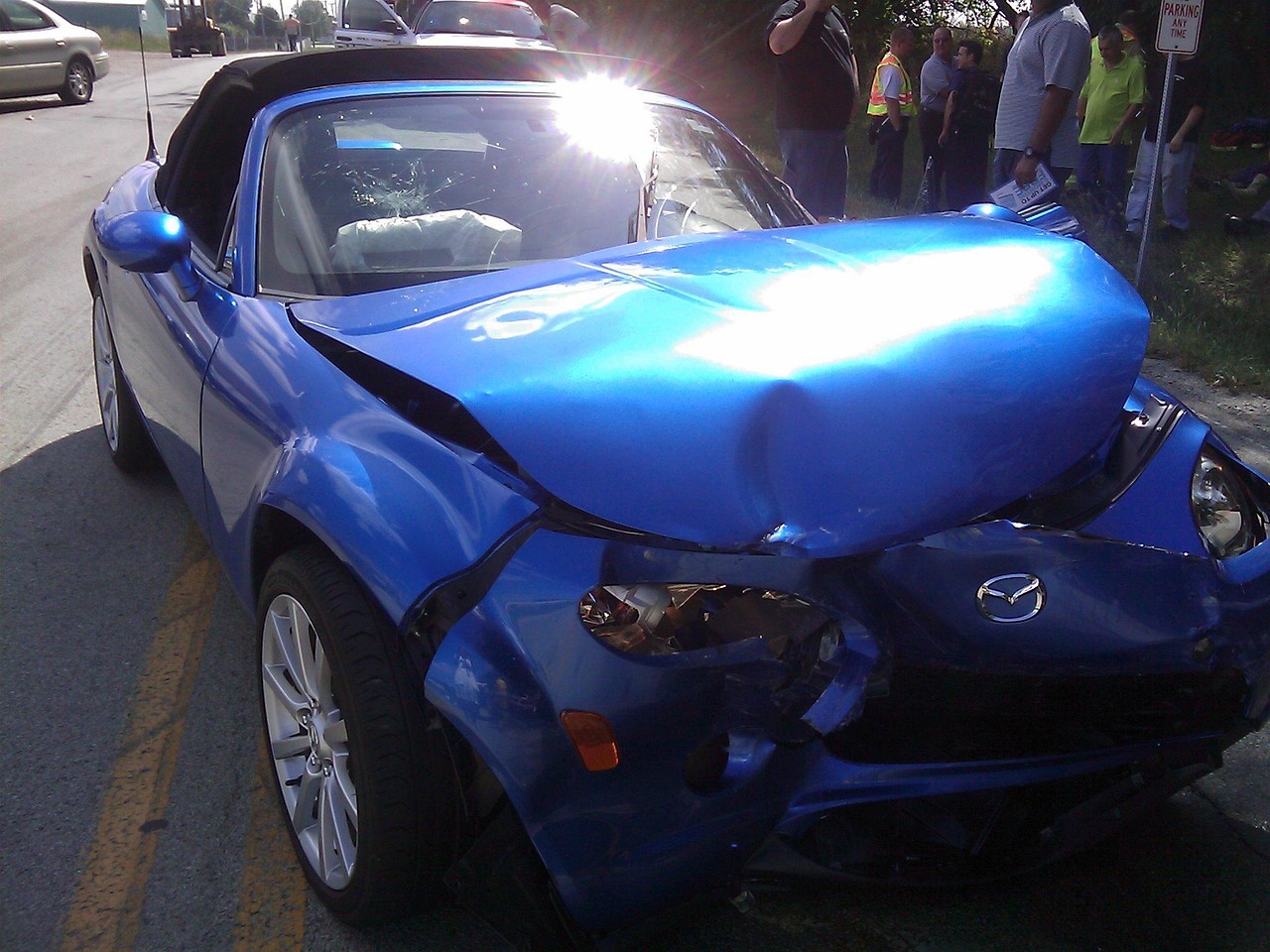
What Happens to a Car in a Head On Collision
A head on collision creates an incredible risk of serious injury. To get a better understanding of this, consider what happens just to the car itself when two vehicles collide head-on into each other. During a head on collision, the front end of each car strikes each other, either directly or slightly off-center. When this happens, the vehicle’s design works as somewhat of a shock absorber, and the “crumple zones” take most of the force. These zones, located on the front and front sides of the car, work to minimize the amount of energy that transfers to the people within the vehicle.
The impact will damage the frame of the vehicle. The engine could be impacted, especially if an 18-wheeler slams into a smaller car. The vehicle will likely have serious damage on both front sides, with the front interior often becoming inaccessible due to the damage to doors.
In these car accidents, the amount of force present can cause the vehicles to flip or roll on their side. It can also cause the vehicle to split into two pieces, depending on the angle and types of vehicles involved.
What Happens to the Human Body When a Car Is Hit Head On?
Now, consider the person in the front seat of the car behind the wheel. Your body is moving at 60 miles per hour and suddenly, in a matter of just a few feet, it comes to a crashing halt at 0 miles per hour. Even though the seat belts hold a person’s body in place, your heads keeps moving. The brain, which is floating in a jelly-like substances inside the skull, does not stop instantly. Instead, the brain pounds forward at the same rate of speed the vehicle was traveling in prior to the accident.
Because the brain does not stop moving, it slams into the front portion of the skull, a bone that is so hard that it causes the brain tissue to smash, often flattening it out and causing irreversible, instant damage.
The brain is not the only organ that suffers from this type of fate. Most of the internal organs, such as the lungs, heart, and gastrointestinal system, are also “floating” within the body. When the vehicle suddenly stops, the organs slam into the front portion of the body and the rib cage, also suffering severe tearing and damage. This leads to significant internal organ failure.
What Happens in the Moment of a Crash
Another way to consider what could occur in a head on collision is to look at the specific ways a person’s body reacts:
- The frontal impact causes a person’s head to move forward rapidly, often hitting the steering wheel or the dashboard.
- The muscles, ligaments, and tendons in the neck stretch to accommodate this rapid forward movement, often causing serious tears in those tissues.
- The lungs crash into the back of the rib cage, causing pulmonary contusions and rib fractures. These fractures can puncture the lungs, limiting oxygen access.
Damage to the exterior surfaces of the body, such as the face and abdomen, is also likely due to the impact with the car’s dashboard or flying glass shards. However, it is the damage to the brain that causes many people to die.
Can You Die on Impact in a Head On Collision?
The rapid deceleration of the body and brain can cause serious internal injuries and brain damage, leading to fatalities at the time of impact. Because the brain is impacted severely in these accidents as it hits the front of the skull, this can eliminate function of the brain, causing death. Additionally, other injuries, including punctures to the heart or lungs or serious tearing of the ligaments in the neck, can cause damage to the spinal cord, including severing it in some situations, leading to instant death.
While there’s limited information available about the number of people that die on impact, and data from studies is older, those involved in a serious car accident can die at various times. About 46% of people who die in car accidents do so within the first 30 minutes of the crash, with 90% dying within 24 hours, with 52% of those resulting from head injuries.

Non-Fatal, Catastrophic Injuries From Head On Collisions
Head on collisions often result in fatalities, but those who survive may have a number of different types of injuries, including catastrophic losses:
Traumatic Brain Injuries
Traumatic brain injuries cause damage to the tissues within the brain. They can vary in severity, with some of the most common including:
- Concussions (ranging from mild to severe)
- Bleeding on the brain
- Penetration into the brain tissue
- Skull fractures
- Hematomas
This may lead to a loss of cognitive function, including impairment of speech and thinking patterns. Some people may suffer serious damage to brain tissues that leads to a vegetative state or long-term coma when involved in head on truck accidents.
Spinal Cord Damage and Paralysis
The spinal cord runs through a series of bones called vertebrae. In a head on wreck, it is very common for changes in the alignment of the spinal cord to occur, causing injuries such as:
- Fractures or crushing of the vertebrae
- Damage to the spinal column
- Cervical trauma leading to quadriplegia and permanent paralysis
- Thoracic trauma, causing paraplegia and permanent paralysis
- Lumbar damage, resulting in mobility loss to the hips and legs
- Disc herniation, leading to chronic pain and limited mobility
- Vascular lesions, including damage to the blood vessels in this area
Both complete and incomplete damage to the spinal cord can occur, causing permanent or temporary loss.
Traumatic Amputation
It is possible that the force and rapid deceleration involved in a head on collision can cause traumatic amputation. The most common forms include the loss of limbs, such as an arm or leg, or digits, such as a finger or toe. Traumatic amputation is not as common in head on collisions or any car accident as in other types of accidents. However, when it occurs, it can lead to lifelong deformity and mobility loss for the individual.
Organ Damage
The rapid deceleration process causes the organs within the abdomen and chest cavity to slam rapidly into the ribs and external walls. This causes serious damage to the tissues and blood vessels. This can result in:
- Rib fractures
- Lung puncture
- Heart punctures
- Internal bleeding
- Liver damage
- Kidney damage
Permanent Scarring and Disfigurement
Those who survive a head on collision may have numerous lacerations and wounds to their body. Permanent damage and scarring may occur to any tissues of the body, including the face. In some situations, surgical repair to reconstruct the head, upper body, or legs can lead to deformities that are both aesthetically painful and debilitating in terms of mobility.
Other Potential Injuries
A head on wreck can cause numerous additional injuries, including:
- Broken bones with complex fractures
- Neck damage
- Burns
- Lacerations
- Facial tissue injuries
- Facial bone damage
- Whiplash
Whiplash is one of the most common serious injuries associated with head on collisions. When the car stops due to the collision, the neck muscles, ligaments, and tendons must flex and stretch to allow the head to continue moving, but there are limits. The head then is brought backward due to the force present, causing a rapid, whip-like motion. This leads to numerous injuries to these muscles and soft tissues, often with serious consequences in head on collisions.
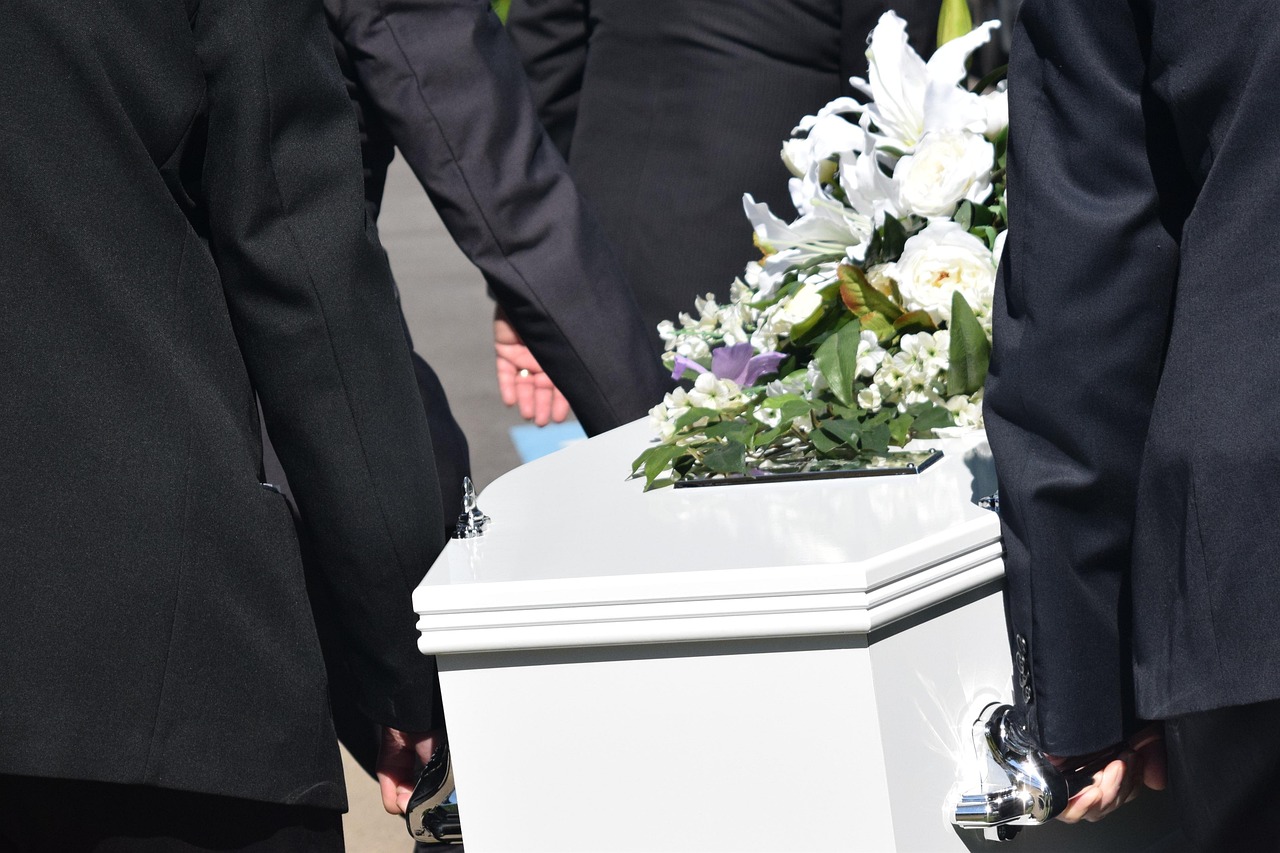
How HawkLaw Can Help You File a Wrongful Death Lawsuit in South Carolina
Families of those who die in a head on collision need legal guidance to pursue fair compensation as a result of that loss. Under the South Carolina Code of Laws Ann. Sec. 15-51-50, wrongful death claims may be possible for heirs or family members to pursue. This includes:
- Spouse
- Children
- Parents of the deceased person if there was no spouse or child
- Heirs at law if no parents, spouse, or children are present
Wrongful death claims may include recovery of medical costs, funeral, and burial losses, as well as pain and suffering of the family. It may also include lost wages prior to the injury occurring as well as lost expected wages following the person’s death.
Survival Actions
Survival actions, or survivorship claims, allow a person who has suffered injury but does not die immediately to recover damages for their losses. Survival action is different from a wrongful death claim in that it includes losses for the timeframe between the accident and the person’s eventual loss of life.
Damages in Head On Collisions
Damages in a head on collision may include:
- Medical expenses from the emergency care provided
- Hospitalizations and surgical care provided
- Rehabilitation in the hospital and at home
- Modifications to homes and transportation due to disability
- Loss of wages
- Loss of earning capacity
- Pain and suffering
- Mental anguish
- Property damage
- Loss of companionships
The damages you can claim will be based on the circumstances of your loved one’s accident. The head on collision lawyers at HawkLaw can explain how the process works.
What Happens If My Loved One Dies Before Their Claim Is Settled?
It is not uncommon for a person to survive a head on collision but to succumb to injuries in the days, weeks, or even several months after the car accident occurs. In these situations, the heirs or the family members may proceed with a wrongful death or survival action to recover damages related to the losses.
How Much Is a Fatal Head On Collision Worth in South Carolina?
It is impossible to put a dollar amount on the value of a fatal head on collision due to the specifics of each situation. These claims may range from $25,000 to millions of dollars in loss. Age, health, cause of the accident, and other factors play a role in the expected value of these cases.
Compassionate Counsel From South Carolina Car Accident Lawyers
Head on collisions change a person’s life. With the guidance of a head on collision lawyer, you gain the knowledge you need to pursue justice in these tragic situations. Set up a free consult* with HawkLaw now to learn more about your rights to recover the losses you incurred. We fight for justice for victims throughout South Carolina.
John D. Hawkins
John Hawkins is the Founder and CEO of HawkLaw He has been licensed to practice law in South Carolina since his graduation with honors in 1994 from the University of South Carolina School of Law, where he was on the Law Review and Order of Wig and Robe.
-
$3,000,000*
Trucking Accident Settlement
-
$1,005,000*
Car Accident Settlement
-
$575,000*
Personal Injury Settlement
"*" indicates required fields




